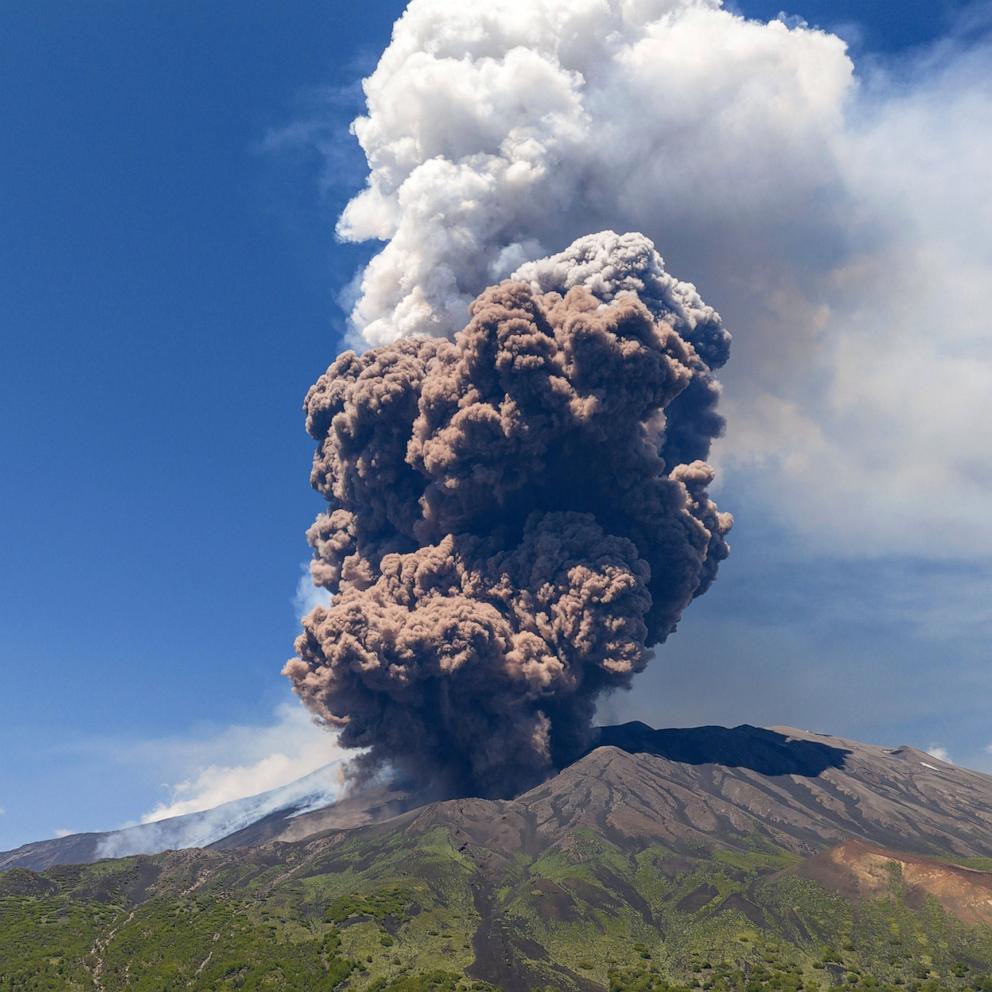Toxin detected in Lake Erie weeks earlier than ever before, NOAA says
Levels of the toxin microcystin have been detected in Lake Erie weeks earlier than usual, according to the National Oceanic and Atmospheric Administration.
Microcystin is a group of toxins produced by cyanobacteria, or blue-green algae, according to the U.S. Environmental Protection Agency. They are the most common cyanobacterial toxins and can be found inside algal cells. They can also accumulate in common marine life, such as zooplankton, mussels, and fish.
At certain levels, microcystin toxins produced by certain types of freshwater blue-green algae can pose health risks to people and pets, NOAA said in a release on Friday. They primarily affect the liver but can impact the kidneys and reproductive systems as well, according to the EPA.
The presence of microcystin may also prompt additional treatment at public drinking water systems, according to NOAA.

Microcystin is detected every year at Lake Erie, but the early measurements of the toxin could impact recreation and drinking water as the summer months continue, according to NOAA.
Water samples taken from western Lake Erie on April 28 by NOAA's Great Lakes Environmental Research Lab (GLERL), is the earliest the toxin has been detected in Lake Erie.
The levels at which the toxin was detected -- levels of 0.12 parts per billion of microcystin -- are not high enough to trigger treatment measures at nearby drinking water facilities or prompt warnings against swimming or taking pets into the lake, said Reagan Errera, a research ecologist at GLERL in Ann Arbor, Michigan.

However, the early detection could pose problems later in the summer when concentrations are anticipated to rise to above advisory levels for drinking water -- at 1.6 parts per billion -- and recreation, at 8 parts per billion, according to NOAA.
Since 2008, toxin levels have exceeded advisory levels for drinking water and recreation in some areas of Lake Erie. Over the last seven years, researchers have seen the toxic period of the harmful algal bloom starting 10 days earlier, Errera said.
The lab begins routine monthly testing of Lake Erie in late April and increases the sampling frequency to weekly in June, according to NOAA. The sampling continues through October.
There are eight sites within that have historically seen harmful algal blooms, according to NOAA. The GLERL also tests five sites bi-weekly in Saginaw Bay in Lake Huron.

The testing involves taking samples by boat and testing for 19 water quality parameters, which include cyanobacteria toxins, according to NOAA.
"Early detection of toxins provides drinking water facilities, water managers, and the public more time to make informed decisions regarding the health risk associated with harmful algal bloom events," Errera said.
It is unclear whether the toxin originated in Lake Erie or the nearby Maumee River, which runs from northeastern Indiana into northwestern Ohio and Lake Erie, according to NOAA.




